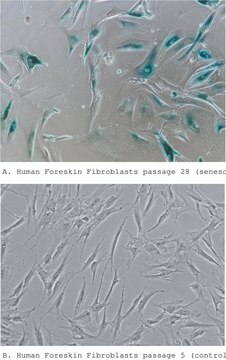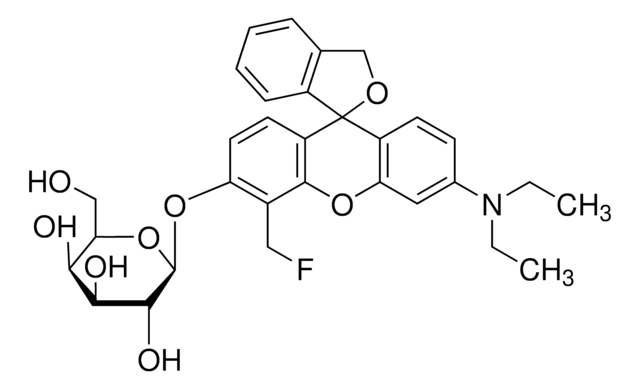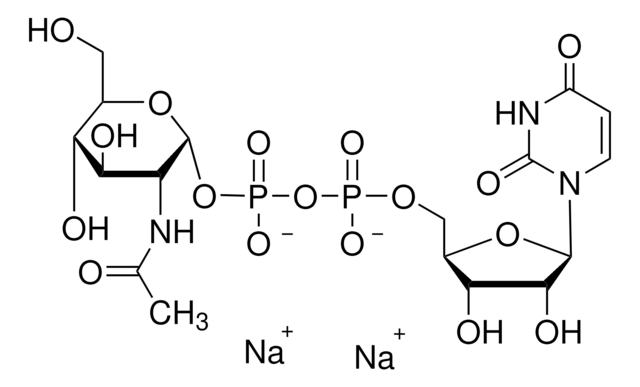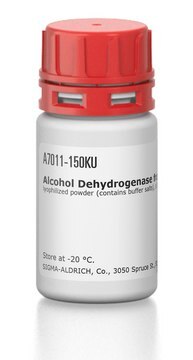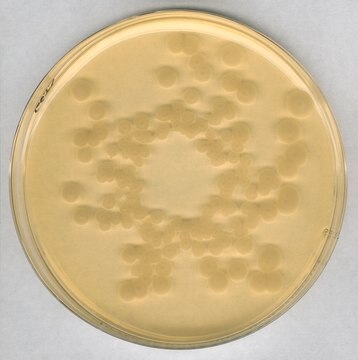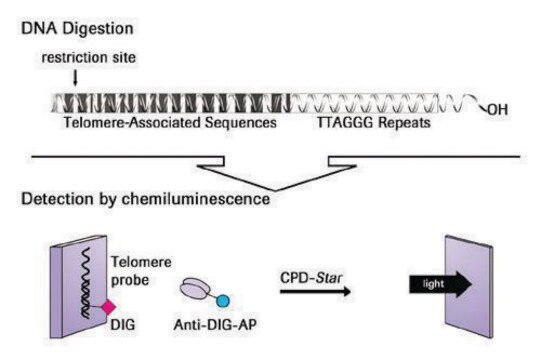KAA002
Cellular Senescence Assay
Cellular Senescence Assay Kits provide all the reagents required to efficiently detect SA-β-gal activity at pH 6.0 in cultured cells & tissue sections.
About This Item
Recommended Products
Quality Level
manufacturer/tradename
Chemicon®
technique(s)
cell based assay: suitable
detection method
colorimetric
shipped in
wet ice
General description
It is generally believed that cellular senescence reflects some of the changes that occur during the aging of organisms, and senescent cells have been detected in vivo at sites of age-related pathology, such as benign hyperplastic prostate [4] and atherosclerotic lesions [5]. Recent studies have also provided convincing demonstrations of cellular senescence occurring in vivo in response to internally- and externally-induced stress signals [6,7]. In all of these studies, senescence was characterized by the appearance of senescence-associated β-galactosidase (SA-β-gal) activity, in common with the senescent phenotype in vitro.
Cellular senescence has become an increasingly important target in the development of novel therapeutics. Emerging data implicates senescence bypass in the development of cancer and suggests that senescence may represent a tumor suppressor mechanism. The demonstration that tumor cells can be induced to undergo replicative senescence following the introduction of negative cell-cycle regulators, anti-telomerase peptides, or drug treatment suggests that induction of senescence can be exploited as a basis for cancer therapy [8,9].
For Research Use Only; Not for use in diagnostic procedures
Test Principle:
As outlined above, a classic characteristic of the senescent phenotype is the induction of senescence-associated β-galactosidase (SA-β-gal) activity. SA-β-gal is present only in senescent cells, not in presenescent, quiescent, or proliferating cells. Chemicon′s Cellular Senescence Assay Kit provides all the reagents required to efficiently detect SA-β-gal activity at pH 6.0 in cultured cells and tissue sections. In this assay, SA-β-gal catalyzes the hydrolysis of X-gal, which results in the accumulation of a distinctive blue color in senescent cells. Each kit provides sufficient quantities of reagents to perform at least 50 assays in 35 mm wells.
Application
Components
10X Staining Solution A: (Part No. 2004756) One 15 mL bottle
10X Staining Solution B: (Part No. 2004754) One 15 mL bottle
X-gal Solution: (Part No. 2004752) Two 1.5 mL vials
Storage and Stability
Precautions:
Please refer to the Material Safety Data Sheet at www.chemicon.com for any necessary precautions.
Legal Information
Disclaimer
Signal Word
Danger
Hazard Statements
Precautionary Statements
Hazard Classifications
Acute Tox. 4 Dermal - Acute Tox. 4 Inhalation - Acute Tox. 4 Oral - Aquatic Acute 1 - Aquatic Chronic 2 - Eye Dam. 1 - Flam. Liq. 3 - Repr. 1B - Resp. Sens. 1 - Skin Corr. 1B - Skin Sens. 1 - STOT SE 3
Target Organs
Respiratory system
Supplementary Hazards
Storage Class Code
3 - Flammable liquids
WGK
WGK 3
Flash Point(F)
135.5 °F
Flash Point(C)
57.5 °C
Certificates of Analysis (COA)
Search for Certificates of Analysis (COA) by entering the products Lot/Batch Number. Lot and Batch Numbers can be found on a product’s label following the words ‘Lot’ or ‘Batch’.
Already Own This Product?
Find documentation for the products that you have recently purchased in the Document Library.
Customers Also Viewed
Our team of scientists has experience in all areas of research including Life Science, Material Science, Chemical Synthesis, Chromatography, Analytical and many others.
Contact Technical Service